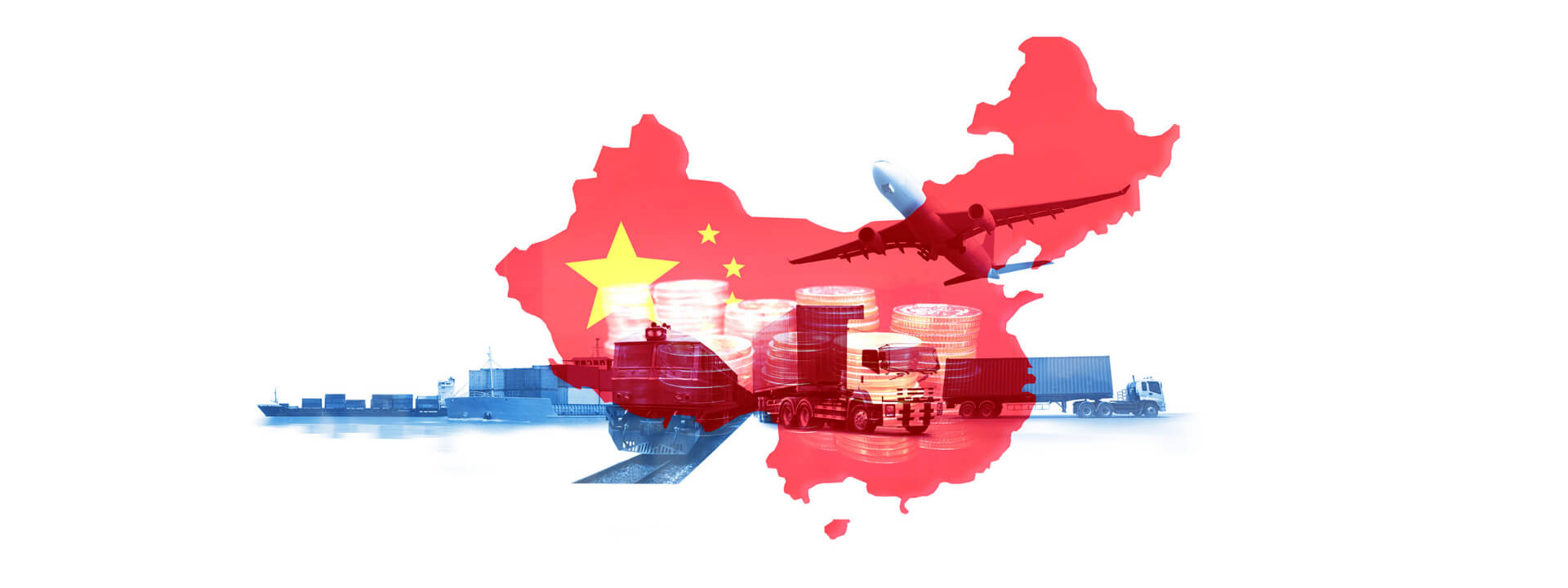Five Shifts in China’s Opening-Up Strategy
By Huang Qifan


Under the leadership of General Secretary Xi Jinping, the Communist Party of China’s Central Committee has been promoting a new opening-up strategy for the country since the party’s 18th National Congress in 2012.
The strategy can be characterized by five distinct shifts.
The first has been a shift from a focus on primarily attracting foreign investment to one that places equal importance on encouraging outbound investment as well.
Despite serious global industrial and supply chain disruptions, foreign direct investment (FDI) into the Chinese mainland has been growing. The mainland has managed to attract an average of $140 billion in FDI each year over the past decade, with the amount jumping to nearly $190 billion last year.
Meanwhile, China’s outbound investment has been steadily increasing. In 2020, China topped the global league table for outbound direct investment (ODI) for the first time, as its ODI hit $153.7 billion for the year.
In recent years, the amount of Chinese companies’ overseas investments has surged. In the 34 years from 1979 to 2012, the mainland recorded only some $500 billion in ODI. In contrast, in the five years from 2017 to 2021, ODI from mainland companies reached around $770 billion.

The second is a shift from a focus on primarily expanding exports to one that places equal importance on boosting imports as well.
China has been steadily slashing tariffs and expanding imports to bolster its global economic influence.
A major exporting country is not necessarily an economic powerhouse in today’s world, as goods exports can mainly include labor-intensive or semi-finished products. However, a leading importer is definitely an economically powerful one, as the foreign exchange needed for imports may come from the country’s trade surpluses in technology and services.
It is estimated that China’s average import tariff rate will gradually drop from 7.4% in 2021 to around 5% in the coming years. This will bring the country several benefits, including directly reducing import costs for consumers, promoting growth of imports and achieving a balance between imports and exports. All this will help China take the initiative in new rounds of trade negotiations as the growing volume of imports boosts its global clout.
The third is a shift from a focus on opening China’s coastal regions to a coordinated opening of the rest of the country.
Before 2000, all of China’s national-level opening-up measures took place along the coast. For example:
– The 14 coastal opening-up cities and 27 economic and technological development zones launched in the early 1980s
– The five special economic zones set up in the mid-to-late 1980s: Shenzhen, Hainan, Zhuhai, Shantou and Xiamen
– The establishment in the 1990s of the Shanghai Pudong and Tianjin Binhai new areas
Since 2012, however, China has tested out new opening-up measures in eastern, western, southern, northern and central regions.
For example, policies designating new areas have played a significant role in the opening-up and development of Shanghai and Tianjin, two Chinese municipalities, since the 1990s. But for nearly two decades these policies were largely limited to the two coastal regions.
Soon after the party’s 18th National Congress in 2012, such policies were expanded. China has since approved 10 new areas in central and western regions, and added five along the coast. Together with those in Shanghai and Tianjin, there are now 17 new areas in the country.
In addition, China has also expanded its bonded zones, which are special customs-supervised areas with favorable taxation policies, from coastal areas to central and western regions. It has also approved 21 pilot free trade zones, which benefit from preferential business, trade and financial policies that are intended to attract international business.
Essentially, opening-up is a system reflecting a way of thinking and doing things. It has nothing to do with location. Germany sits at the center of Europe, but who can say that its openness is less than that of Spain? All EU countries share the same level of openness, which proves that the opening-up of a region is not related to its geographical location.

The fourth is a shift from focusing on the goods trade under the frameworks of the General Agreement on Tariffs and Trade and the World Trade Organization (WTO) to the development of trade in both goods and services.
China opened the door to foreign investment in its financial sector after 1990. The very first foreign bank, insurance company and securities firm were all located in Shanghai’s Pudong New Area. After it joined the WTO in 2001, China further opened its market to foreign financial institutions, but they were still subject to many restrictions in practice, including limitations on the scope of their local business and how big a share of the institution foreign firms could own.
After its 18th National Congress, the party’s Central Committee and the State Council abolished multiple restrictions on foreign companies in the services, finance, industrial and commercial sectors to achieve a comprehensive opening-up.
For example, authorities have scrapped the foreign ownership caps in securities companies, mutual fund managers, futures companies, and life insurers in the financial sector, as well as automakers in the manufacturing sector. Such efforts are making China more open, and bigger improvements are on the way.

The fifth is a shift from trying to adapt to the global economic governance system to actively participating in or even leading the formulation or revision of international investment and trade rules.
As the world’s second-largest economy with the biggest international trade, China has a strong voice in global investment and trade affairs. From this perspective, the country needs to proactively participate in revising global trade rules and join negotiations to establish new ones.
This is evident from two aspects. First, China has been a full supporter of the WTO and a key promoter of reforming the organization. Second, it has been promoting the discussion of new trade rules in bilateral or regional free trade agreements, as well as engaging in a variety of other trade rule negotiations for the benefit of the Chinese people and the fairness of international trade.
The Regional Comprehensive Economic Partnership (RCEP), which took effect in 2022, is the world’s largest free trade agreement in terms of the amount of trade and number of people covered. China has not only been a firm supporter of RCEP negotiations, but played a pivotal role in its formulation.
Meanwhile, China has concluded talks with the EU on a bilateral investment agreement, known as the China-EU Comprehensive Agreement on Investment. It also submitted a formal application to join the Comprehensive and Progressive Agreement for Trans-Pacific Partnership, a multilateral trans-Pacific trade pact, in a bid to further engage in the formulation of a new round of global economic and trade rules.
In addition, more than 130 countries and regions have signed up for the Belt and Road, a China-led initiative to strengthen ties with other countries through trade and infrastructure investment, with China playing a leading role in deciding its rules.
Read also the original story.
caixinglobal.com is the English-language online news portal of Chinese financial and business news media group Caixin. Global Neighbours is authorized to reprint this article.
Image: sittinan- stock.adobe.com
